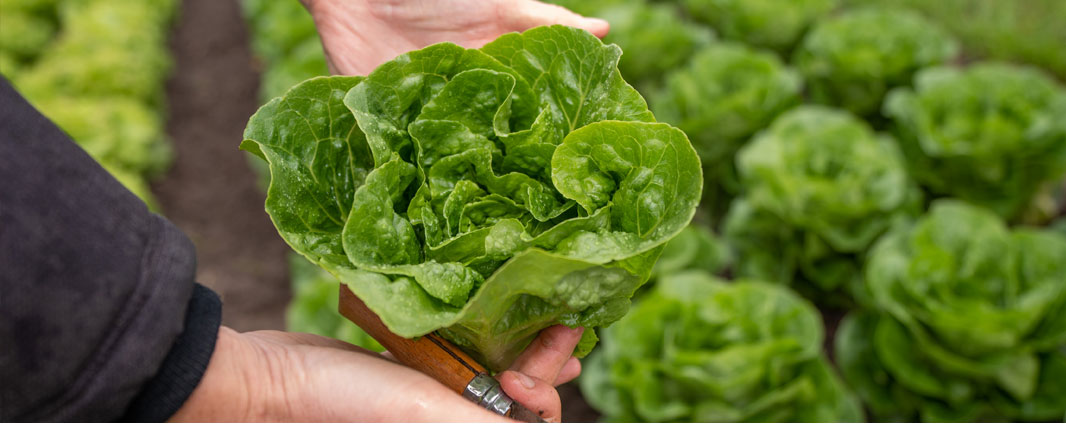
Information

Breeders are allowed to be a bit stubborn. Stay off the beaten track, it's already so busy there. Innovation happens elsewhere.
In the 80s, our creative, quirky breeders created the vine tomato Campari (Tasty Tom) as an experiment. At first, it didn’t quite fit any traditional category and flew under the radar. But in the early '90s, the Dutch tomato industry came under fire for producing bland, watery tomatoes—earning the nickname Wasserbomben (“water bombs”) from the German market. That’s when Campari had its moment. With its rich flavor and vibrant quality, Campari sparked a taste revolution, carving out an entirely new market segment and elevating the image of Dutch-grown tomatoes. More flavorful varieties soon followed, but Campari remains a standout—still thriving after more than 25 years, a rare feat in the fast-moving world of vegetable breeding.

In 1998, we introduced Xanadu, a mini-Romaine lettuce with standout flavor, crunch, and convenience. This innovative variety didn’t just impress; it launched an entirely new segment: Mini Cos. Xanadu offers growers, traders, and consumers numerous benefits, including easy cultivation, long shelf life, and a fresh, crunchy bite. The petite crop easily fits in the fridge – and its small size and long shelf life equals minimal waste! Though it took years for the Mini Cos category to fully bloom, Xanadu's success proved its lasting value—and showed that big things really can come in small packages.
Part of our success, you could say, lies in our genes. In our gene bank, established in 2002, we collect many kinds of ‘wild plants’ with natural resistance. This invaluable resource allows us to identify and harness resistance traits against pests and diseases. Take lettuce, for example: by crossing it with a specific wild thistle variety from our gene bank, we can introduce targeted resistance traits to protect crops naturally. By preserving genetic diversity, we can develop crops that are more resilient to changing environmental conditions and more nutritious, which is essential for ensuring a stable food supply for future generations.

In 2019, our seedless crimson watermelon variety, Cracker Jack, made its debut in the U.S. market—and it’s been making waves ever since. With exceptional performance in the field and on the shelf, Cracker Jack is quickly strengthening our position as a rising powerhouse in watermelon genetics. Cracker Jack is recognized by growers and brokers alike for its outstanding yields and uniform size. Its dark green rind and deep red inside have quickly made it America's favorite watermelon for both retailers and consumers. It’s the unmatched sweet taste that wins everybody over!